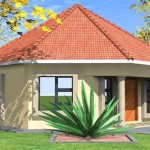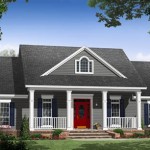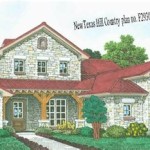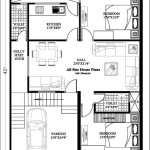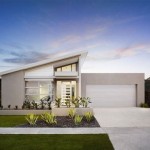Dog House Floor Plans: Crafting a Cozy Canine Retreat
Dog houses are more than just shelters; they are personal retreats where dogs can find comfort and privacy. Choosing the right floor plan is crucial to ensure your dog's happiness and well-being. A well-designed floor plan can maximize space, enhance ventilation, and contribute to a comfortable environment for your furry friend. This article explores the essential elements of dog house floor plans, offering insights into key considerations for creating a cozy and functional canine abode.
Choosing the Right Size
The first step in designing a dog house floor plan is determining the appropriate size. The house should be large enough for your dog to stand, turn around, and lie down comfortably without feeling cramped. Consider your dog's breed, weight, and age. A small dog will require a smaller house than a large breed. Adult dogs generally need more space than puppies. For larger breeds, measure your dog from nose to tail and add a few inches for comfortable movement.
While a spacious dog house is ideal, avoid making it excessively large. A very spacious house can create drafts and make it harder for your dog to maintain a comfortable temperature. Remember that space is not the only factor; consider the dog's personality and overall needs. Some dogs prefer a snug and cozy space, while others might be more comfortable with a little more room to stretch out.
Ensuring Proper Ventilation
Ventilation is essential for a comfortable dog house environment. Poor ventilation can lead to moisture buildup, mold growth, and unpleasant odors. A well-ventilated dog house will allow for fresh air circulation and prevent heat buildup. This is particularly important during extreme weather conditions. Here are some key elements for incorporating ventilation into your dog house floor plan:
1. Roof Vents
Roof vents are crucial for allowing hot air to escape during the summer months. Consider installing multiple roof vents, especially for larger dog houses. Ensure the vents are positioned away from direct rain and snow to prevent water from entering the house. You can install simple mesh screens over the vents for added protection.
2. Wall Vents
Wall vents can enhance air circulation and prevent moisture buildup. Install wall vents strategically to ensure proper airflow, typically near the floor and ceiling. These vents should be positioned away from direct rain and snow.
3. Raised Floor
A raised floor will help prevent moisture from accumulating inside the dog house. This is especially important in humid climates or during rainy seasons. The raised floor can be constructed using wood or concrete blocks, creating an air gap below the main floor.
Optimizing Interior Space
The interior layout plays a crucial role in the functionality and comfort of a dog house. Well-planned interior space ensures maximum utilization and provides a cozy and inviting environment for your furry companion. Here are some tips for creating a functional dog house interior:
1. Sleeping Area
The sleeping area should be raised off the floor to prevent moisture and drafts. You can create a raised sleeping platform using wood or other materials. The sleeping area should be large enough for your dog to stretch out comfortably.
2. Storage Area
If you have a larger dog house, consider incorporating a storage area. This can be used to store dog food, toys, or other supplies, keeping the main living area clutter-free.
3. Entrance
The entrance should be positioned strategically to provide shelter from the elements. Position it on the side of the house that is sheltered from wind and rain. The entrance should be large enough for your dog to enter and exit easily, but also small enough to prevent drafts. A small overhang above the entrance can provide additional protection from rain and snow.
When designing the floor plan, visualize your dog's movements inside the house. Ensure that the entrance is not positioned in a way that forces the dog to walk over its sleeping area or other sensitive places.
Remember that dog house floor plans should prioritize comfort and functionality. Tailor the design to your dog's specific needs and preferences, creating a cozy and inviting environment for your beloved companion.

Two Story Playhouse And Doghouse Design Dog Houses Kennel Outdoor House Plans

Modern Farmhouse Dog House Plan Milligan

Traditional Dog House Plan Bradshaw

14 Diy Dog Houses How To Build A House Plans Blueprints

Cozy 100 Square Foot Dog House Plan 62392dj Architectural Designs Plans

Traditional Dog House Plan Creston

2 Car Garage Apartment Plan Number 47170 With 1 Bed Bath Plans Loft
Doghouse Plans

14 Diy Dog Houses How To Build A House Plans Blueprints

Smallest Dog House Plan Of Them All 62393dj Architectural Designs Plans

